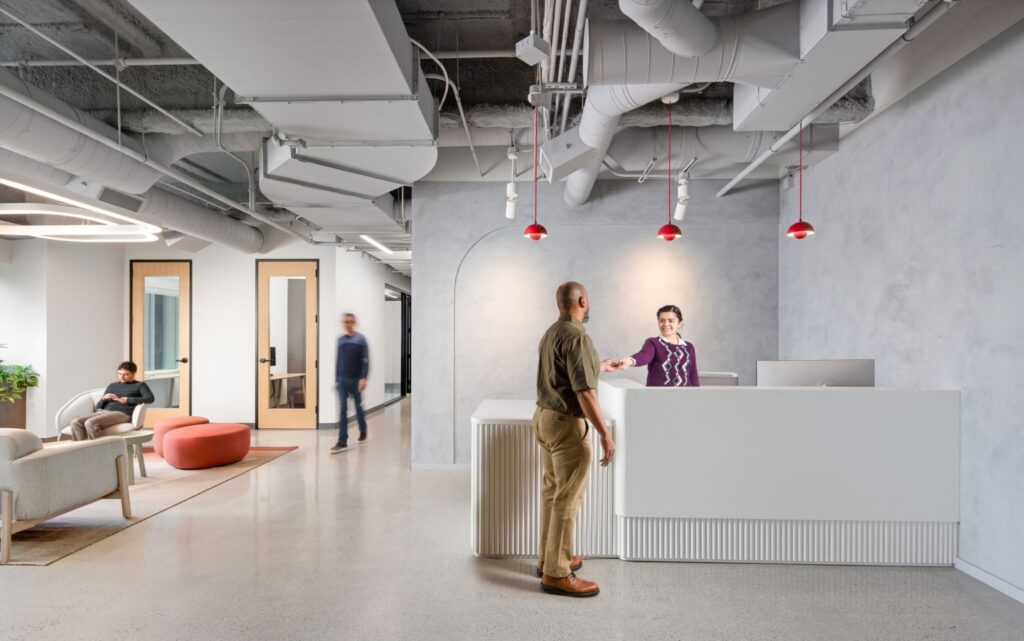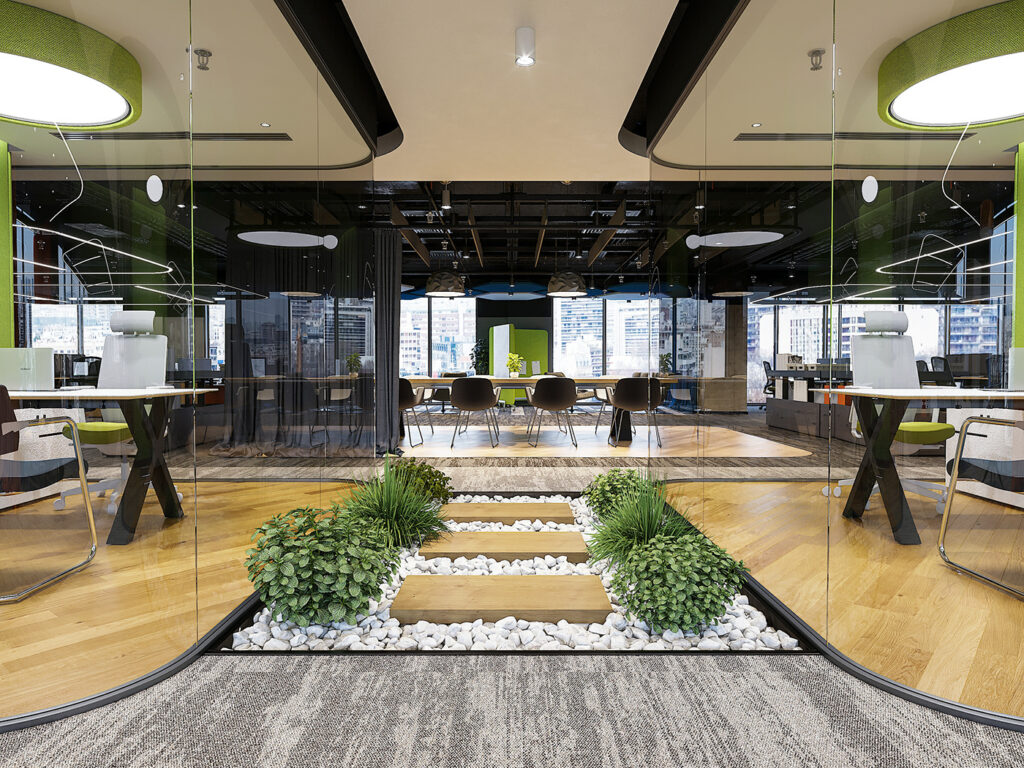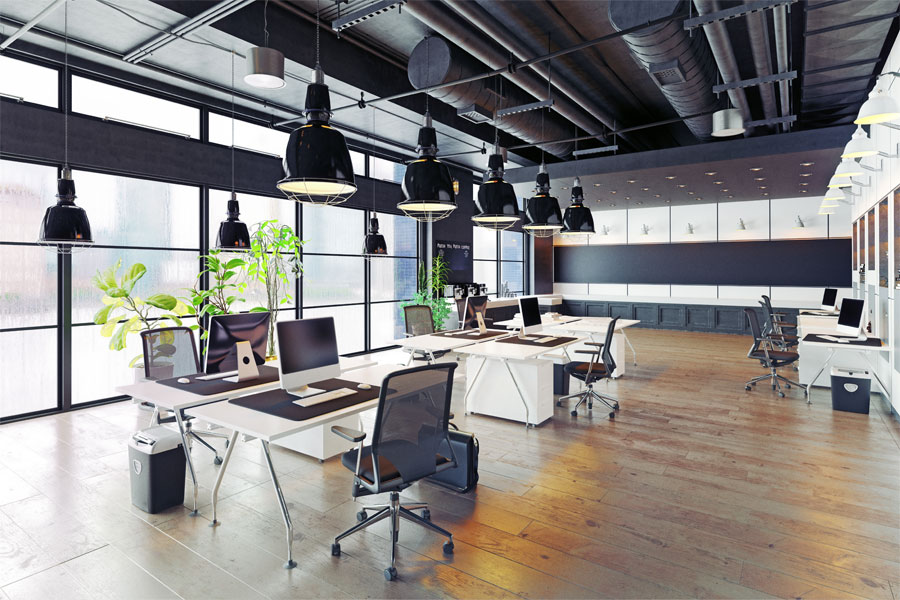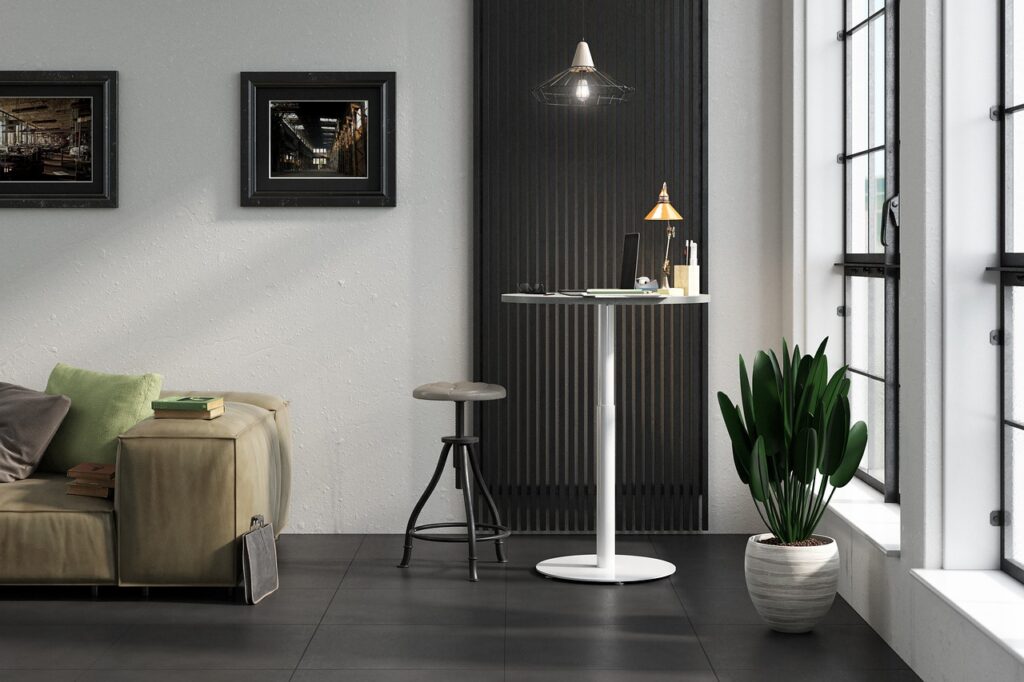The global shift toward hybrid work has transformed the way companies approach office design. In 2025, it’s not enough to simply offer employees the option to work remotely—organizations must now create hybrid workspaces that support flexibility, collaboration, and productivity.
So what exactly makes a hybrid workspace successful in 2025? Let’s explore the key elements, design strategies, and must-have features that can help businesses craft work environments that thrive in a hybrid model.
1. Embracing Flexibility with Modular Design
Hybrid offices must be adaptable. With employees splitting time between home and the office, spaces should be modular and easily reconfigurable.
- Moveable furniture like foldable desks and mobile storage units
- Hot desking zones for transient employees
- Collaboration hubs with standing tables and writable surfaces
Flexible design helps companies maximize space utilization while fostering dynamic interactions.
2. Smart Booking Systems
To avoid overcrowding or underutilization, modern hybrid offices are equipped with AI-powered booking systems. Employees can reserve desks, meeting rooms, or even parking spots via apps that monitor occupancy and suggest optimal timings.
These systems not only increase efficiency but also support wellness by preventing crowding.
3. Tech-Integrated Collaboration Spaces
One of the biggest pain points in hybrid work is bridging the gap between in-office and remote participants. Design your hybrid space with:
- Video conferencing pods
- Smartboards and collaborative screens
- Strong Wi-Fi and acoustic insulation
This ensures seamless virtual meetings and avoids alienating remote team members.
4. Zoned Work Environments
Hybrid design isn’t one-size-fits-all. Zoning allows offices to cater to different work styles:
- Focus zones: Enclosed or semi-private workstations
- Social zones: Cafés, lounges, or informal collaboration spaces
- Collaboration zones: Meeting rooms or breakout areas
Zoning enhances productivity and comfort across diverse work modes.
5. Biophilic Design and Employee Well-being
Workplaces that incorporate natural elements improve mood and productivity. Include:
- Natural lighting
- Indoor plants and vertical gardens
- Wooden textures and neutral palettes
A healthier and aesthetically pleasing space can drive people back to the office voluntarily.
Final Thoughts
Hybrid workspace design in 2025 is all about intentionality. Businesses must invest in creating spaces that are flexible, tech-savvy, and centered around human needs. From modular layouts to wellness features and intelligent tech integration, it’s time to evolve beyond traditional office design.
Internal Linking Suggestions:
Want help building your future-ready hybrid office? Reach out to the experts at AirBrick Infra today.





